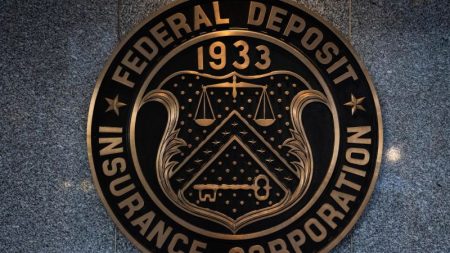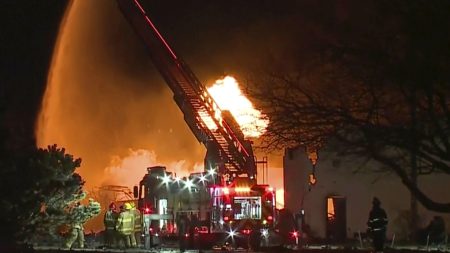Young innovators in Europe are reimagining the future of fashion, art, and food. One such duo, Paolina Russo and Lucile Guilmard, defied the odds by launching their experimental fashion brand in the midst of the Covid-19 pandemic. Their London-based brand, known for its eclectic knitwear pieces, has garnered recognition and accolades, including winning the International Woolmark prize and being finalists for the LVMH prize. The duo’s success has solidified their place in the international fashion scene, with plans to expand globally.
The 2024 30 Under 30 Europe Art & Culture list features 30 young innovators who are making waves in their respective industries. From fashion designer Saeedah Haque reinterpreting traditional abaya into streetwear to sculptor Rayvenn Shaleigha D’Clark challenging narratives of Black history, these individuals are breaking new ground and pushing boundaries in their fields. Designer duo Joe Granger and Callum Vineer of Unknown London have achieved success with their streetwear brand, reporting revenues of $5 million in 2023 and expecting to double that this year.
In the culinary world, Iranian immigrant Armin Vahabian has found success with his American-style restaurant chain Fat Phill’s, generating over $16 million in revenue last year and projecting to reach $31 million this year. Sam Hunt of MOTH and Grace Ubawuchi of Xin and Voltaire are redefining the alcohol industry with their canned cocktail and frozen sorbet cocktail companies, respectively. These entrepreneurs are tapping into consumer trends and innovation, with Hunt reporting over $11 million in revenue in 2023 and Ubawuchi expecting $2.5 million in revenue this year.
Some of this year’s Under 30 Europe Art & Culture class have been pursuing their passions since childhood. Creator Kyle Thomas gained popularity selling homemade slime online at 12 years old and has since amassed a large following on social media, with 35 million TikTok followers and 1.5 million Instagram followers. The 19-year-old has also ventured into modeling, walking the Dsquared2 show in Milan last year. The 2024 Under 30 Europe Art & Culture list showcases the diversity and talent of young innovators making an impact in the fashion, art, and food industries.
The list was curated by a panel of judges at the top of their respective fields, including model and designer Elsa Hosk, art entrepreneur Marine Tanguy, chef Elena Arzak, and designer Fisayo Longe. Each nominee on the list received recognition for their contributions and innovations in their industries. These young innovators are not only creating a name for themselves but also contributing to the future of fashion, art, and food in Europe. To view the complete 2024 Under 30 Europe Art & Culture list and for more coverage on the 30 Under 30 Europe, click on the provided links.
















